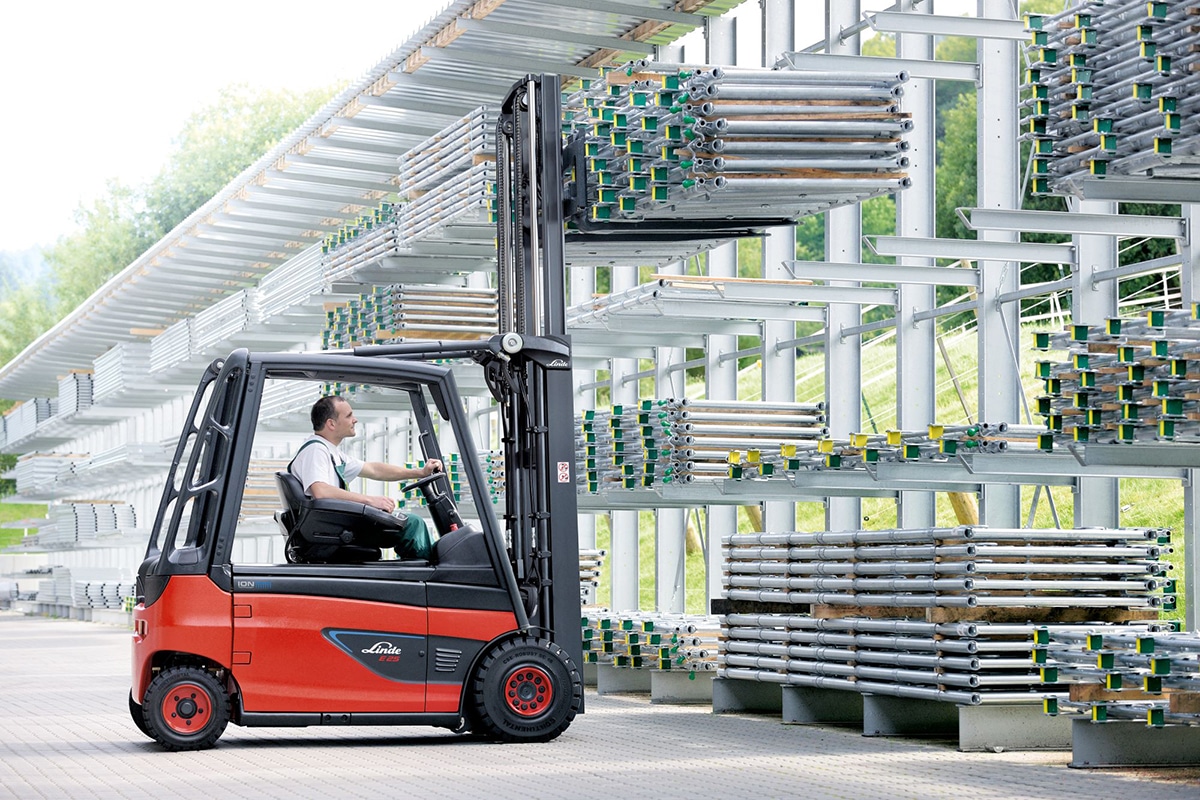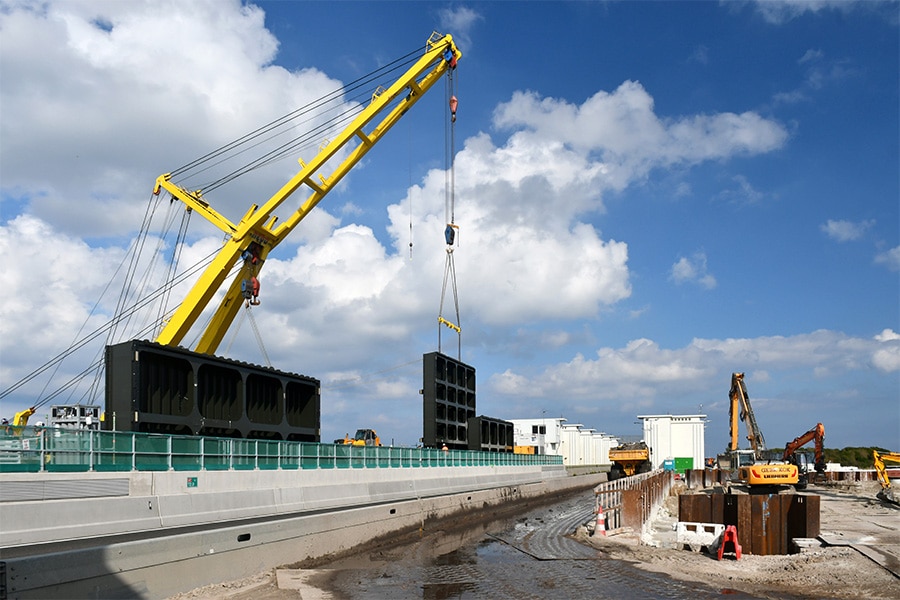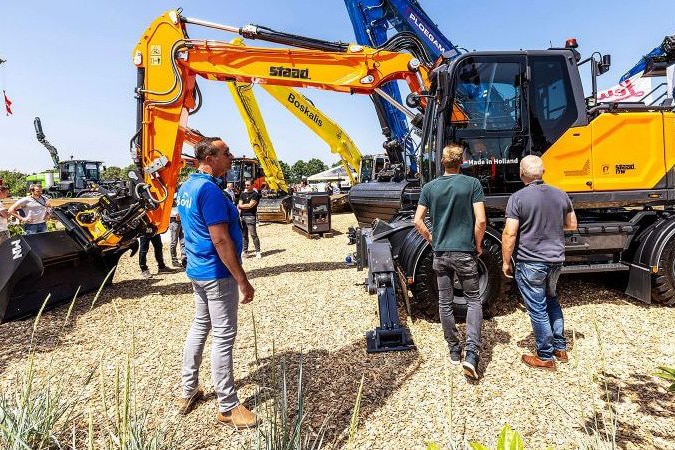
Durable foundation system for non-load bearing soils
The sustainable foundation system turns out to be extremely suitable for constructing a stable road or even a crane siding on weak and non-load bearing soils. "This enables a well-nigh unimaginable CO2-savings realized," says Paul Schmal of Romfix. "Oxidation of peat is so underexposed."
Gasunie valves are located in a wide variety of positions. "On load-bearing sandy soils, covering them with water and gas is no problem at all. In locations where the subsoil is less load-bearing, there was a challenge, to say the least," Schmal outlines. "Many times these locations are on land and the valve must not collapse under the influence of heavy agricultural machinery. However, the heavier the foundation, the harder it sinks into soft soil. With all the resulting 'stress' and strain on the piping."
Floating foundation package
Together with Gasunie, Romfix has developed a system combining several sustainable foundation systems. Schmal: "The result is a substructure that is a factor 2.3 more stable than a traditional system. This in turn is combined with sustainable and lightweight backfill material which makes the combination float, as it were, on the peat bog, but is load-bearing enough to tolerate heavy traffic." It doesn't stop there, because in March of this year Romfix successfully tested the same concept, albeit weighted, at a crane stand with a total weight of 350 tons of equipment on it. In addition, the Romfix system is perfectly suited for the construction of temporary roads to the crane stands, pile-driving installations, drilling machines, etc. for the construction of wind farms, high-voltage routes and underground infrastructure, among other things.

Oxidation of peat
"Previous projects are generally realized in the middle of the landscape and are several hundred meters from the 'paved' world in, for example, a peat bog or in clay," continued Paul van Riel, owner of Romfix. "Roads are temporarily constructed for this purpose. Traditionally, the topsoil is excavated, sand or rubble driven in and steel driving plates laid. Then, in the EMVI tender, busy calculations are made with the CO2-emissions caused by the machinery and all the truck movements. People forget to take into account the oxidation of the peat. Simply: because people don't know. Unknown makes unloved. As the peat is aerated, it burns. An incredible amount of CO2 free up to ten times the amount of all truck movements. With the Romfix system, a stable road can be built simply on the topsoil and an unimaginable amount of CO2 encapsulated."
The Netherlands is sinking faster than the sea level is rising. Even for squares, gardens and center areas, the Romfix system offers a solution. "In Stolwijk, Gouda and Rotterdam, we have already realized floating substructures for various squares, pedestrian areas and parking lots. They float in the area and are grouted with a flexible water- and gas-permeable grout. The system has been developed so far that we provide a system guarantee on it," Schmal concludes.



